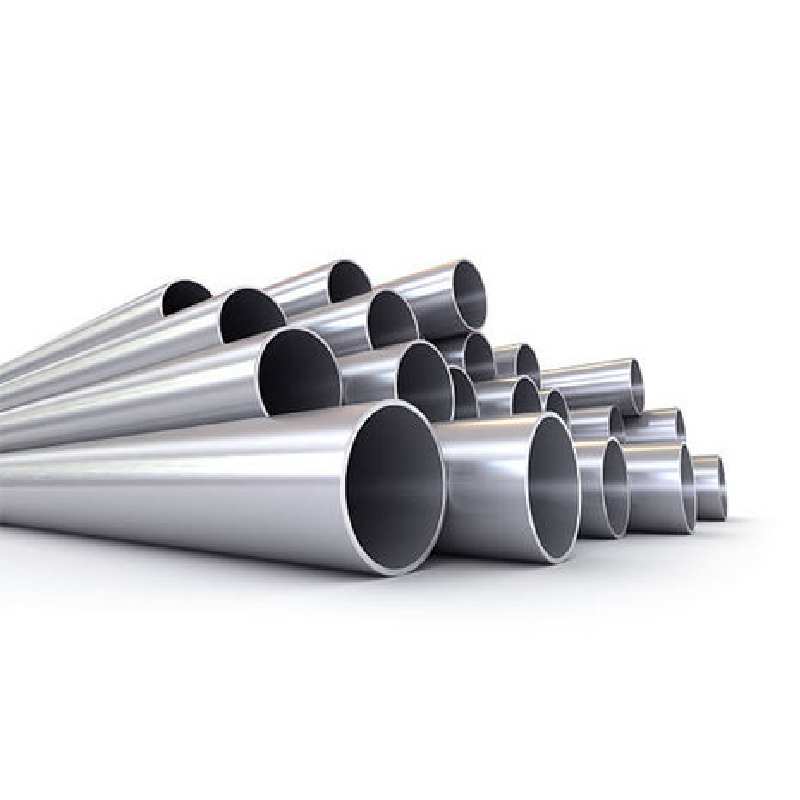-
Cangzhou Yulong Steel Co., Ltd.
-
Phone:
+86 13303177267 -
Email:
admin@ylsteelfittings.com
- English
- Arabic
- Italian
- Spanish
- Portuguese
- German
- kazakh
- Persian
- Greek
- French
- Russian
- Polish
- Thai
- Indonesian
- Vietnamese
- Zulu
- Korean
- Uzbek
- Hindi
- Serbian
- Malay
- Ukrainian
- Gujarati
- Haitian Creole
- hausa
- hawaiian
- Hebrew
- Miao
- Hungarian
- Icelandic
- igbo
- irish
- Japanese
- Javanese
- Kannada
- Khmer
- Rwandese
- Afrikaans
- Albanian
- Amharic
- Armenian
- Azerbaijani
- Basque
- Belarusian
- Bengali
- Bosnian
- Bulgarian
- Catalan
- Cebuano
- China
- China (Taiwan)
- Corsican
- Croatian
- Czech
- Danish
- Esperanto
- Estonian
- Finnish
- Frisian
- Galician
- Georgian
- Kurdish
- Kyrgyz
- Lao
- Latin
- Latvian
- Lithuanian
- Luxembourgish
- Macedonian
- Malgashi
- Malayalam
- Maltese
- Maori
- Marathi
- Mongolian
- Myanmar
- Nepali
- Norwegian
- Norwegian
- Occitan
- Pashto
- Dutch
- Punjabi
- Romanian
- Samoan
- Scottish Gaelic
- Sesotho
- Shona
- Sindhi
- Sinhala
- Slovak
- Slovenian
- Somali
- Sundanese
- Swahili
- Swedish
- Tagalog
- Tajik
- Tamil
- Tatar
- Telugu
- Turkish
- Turkmen
- Urdu
- Uighur
- Welsh
- Bantu
- Yiddish
- Yoruba

Aug . 09, 2024 02:10 Back to list
Understanding the Process and Applications of Sand Casting in Modern Manufacturing Techniques
Sand Casting An Essential Technique in Metal Fabrication
Sand casting, one of the oldest and most versatile metal casting processes, has been a fundamental technique in manufacturing since ancient times. This method involves creating a mold from sand to shape molten metal, allowing for the production of complex and intricate parts for various industries, including automotive, aerospace, and construction. The appeal of sand casting lies in its simplicity, cost-effectiveness, and capability to produce large-scale components.
The sand casting process begins with the creation of a pattern, which is usually made from metal, plastic, or wood, and represents the object to be cast. This pattern is then encased in a mixture of sand and a bonding agent, typically clay. The sand mixture is compacted around the pattern to form a mold. Once the mold is created, the pattern is removed, leaving a cavity that mirrors the shape of the desired part.
One of the significant advantages of sand casting is its adaptability. Various types of sands can be used depending on the specific requirements of the project, such as grain size, shape, and chemical properties. Fine sands provide smooth finishes, while coarse sands are better for larger, more robust molds. The flexibility of sand casting also allows for the incorporation of various metals, such as aluminum, bronze, iron, and steel.
Temperature control during the pouring of molten metal is a critical aspect of the sand casting process. The metal must be heated to a temperature that ensures it remains liquid enough to flow into the mold cavities while avoiding overheating, which can degrade the metal's quality. Once the molten metal is poured into the mold, it cools and solidifies, taking on the shape of the cavity. After cooling, the mold is broken away, revealing the casted item.
sand casting

While sand casting presents numerous benefits, it also poses certain challenges. The quality of the final product can be affected by various factors, including mold design, sand quality, and pouring conditions. Defects such as inclusions, porosity, or dimensional inaccuracies may occur, necessitating skilled craftsmanship and precise control of the process. It is crucial for manufacturers to conduct rigorous testing and inspection to ensure that the casted items meet the required specifications.
In recent years, advancements in technology have further enhanced the sand casting process. The integration of computer-aided design (CAD) and computer-aided manufacturing (CAM) has allowed for more precise design and fabrication of molds. Additionally, innovations in materials, such as the development of synthetic sand and better bonding agents, have improved the efficiency and effectiveness of the casting process.
Sustainability considerations have also come into play in the sand casting industry. With growing environmental awareness, manufacturers are increasingly exploring methods to recycle sand and minimize waste. The use of eco-friendly materials and processes not only reduces the environmental footprint but also helps companies adhere to stricter environmental regulations.
In conclusion, sand casting remains a vital process in metal fabrication, offering numerous advantages including versatility, cost-effectiveness, and the ability to produce intricate shapes. Despite the challenges associated with quality control and potential defects, ongoing technological advancements and a focus on sustainability are driving the industry forward. As diverse sectors continue to require complex metal components, sand casting will undoubtedly retain its relevance and importance in the landscape of modern manufacturing.
Latest news
-
ANSI 150P SS304 SO FLANGE
NewsFeb.14,2025
-
ASTM A333GR6 STEEL PIPE
NewsJan.20,2025
-
ANSI B16.5 WELDING NECK FLANGE
NewsJan.15,2026
-
ANSI B16.5 SLIP-ON FLANGE
NewsApr.19,2024
-
SABS 1123 FLANGE
NewsJan.15,2025
-
DIN86044 PLATE FLANGE
NewsApr.19,2024
-
DIN2527 BLIND FLANGE
NewsApr.12,2024
-
JIS B2311 Butt-Welding Fittings LR/SR 45°/90° /180°Seamless/Weld
NewsApr.23,2024











